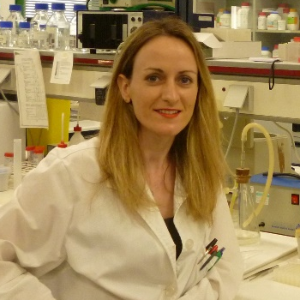Male breast cancer is a rare but significant health concern that deserves attention. While breast cancer is often associated with women, men can also develop this condition. The incidence of male breast cancer is considerably lower than in women, accounting for less than 1% of all breast cancer cases. The risk factors for male breast cancer are somewhat similar to those in women, including advancing age, a family history of breast cancer, genetic mutations (such as BRCA2), hormonal imbalances, and radiation exposure. Men with a history of conditions like Klinefelter syndrome, liver disease, or obesity may also face an elevated risk. Symptoms of male breast cancer may include a lump or swelling in the breast, changes in the nipple, skin dimpling, or discharge from the nipple. It is essential for men to be aware of these signs and promptly consult a healthcare professional if they notice any unusual changes. Diagnosis typically involves a combination of physical examinations, imaging tests (like mammography), and biopsy to confirm the presence of cancerous cells. Treatment options for male breast cancer may include surgery, chemotherapy, radiation therapy, and hormone therapy, depending on the stage and characteristics of the cancer. Given the rarity of male breast cancer, awareness and education are crucial. Men should be proactive about their health, performing regular self-examinations and seeking medical attention if any concerning symptoms arise. Early detection and intervention significantly improve the chances of successful treatment. In conclusion, while male breast cancer is infrequent, it is essential to recognize that men can be affected by this disease. Increased awareness, timely screenings, and a proactive approach to healthcare can contribute to better outcomes for those diagnosed with male breast cancer.






